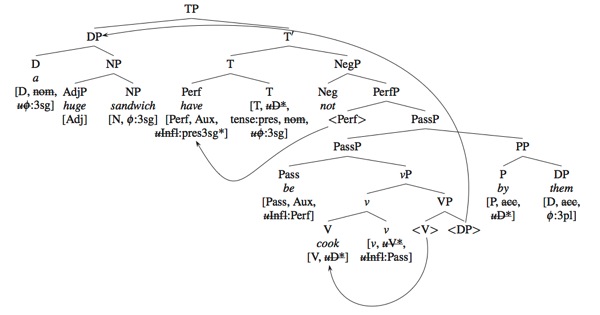Thanks, everyone, for a good semester. I appreciated the questions in class, and I hope in the end the basic ideas wound up being clear.
As announced in class, the extra credit homework can be handed in as late as Friday. Not later. Because I can’t release the grades (for anyone) until I have them and have graded them, and I can’t release the grades much after then because I have a deadline (and the university needs them for some of you in order to clear you for graduation).
I’ll likely post something here when I’ve gotten through the grading, and also on the Learn page. But it will be a couple of days still I think.
Good luck on your remaining finals, and have a good summer after that!
